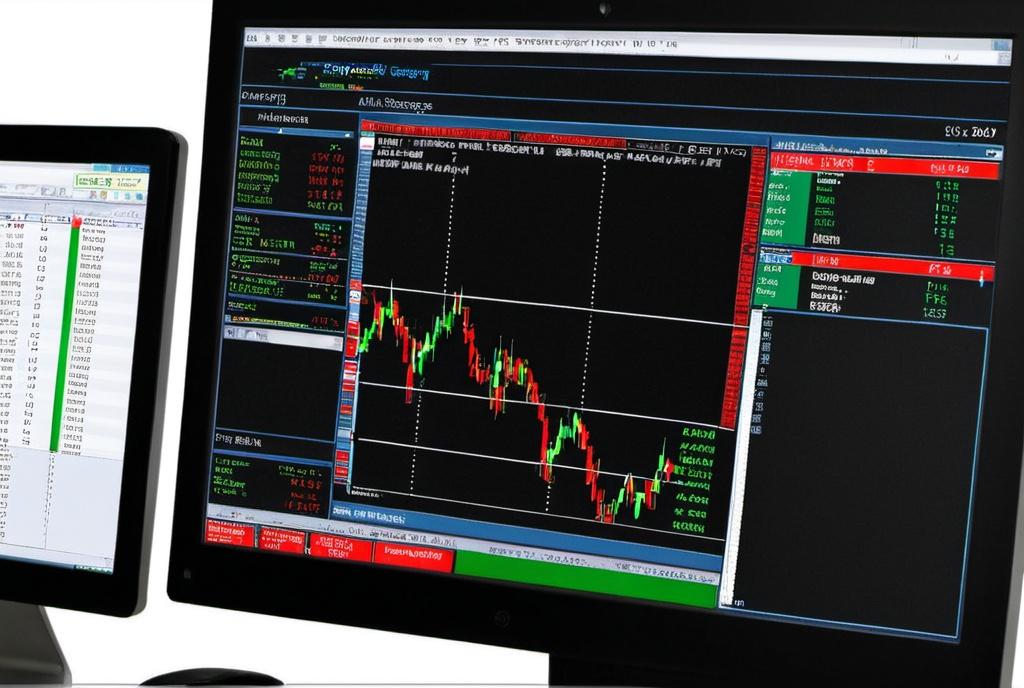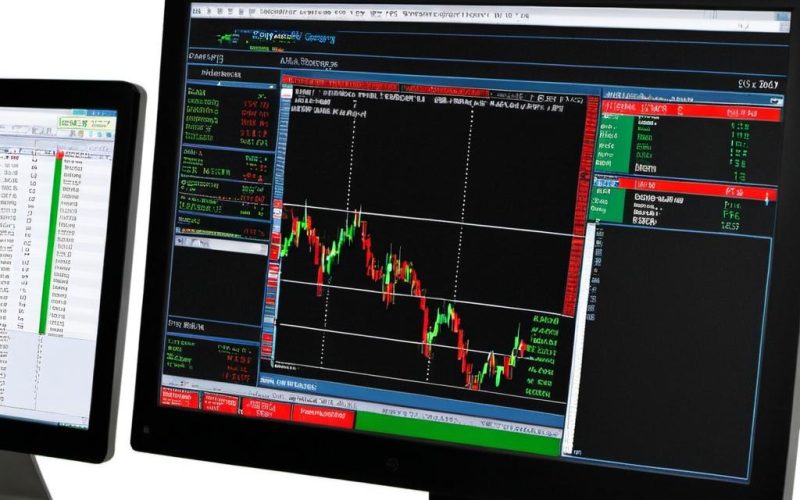Key Take Aways About Interest Rate Futures
- Interest rate futures allow speculation or hedging against interest rate changes.
- These are standardized contracts, often traded on exchanges like CME.
- Prices are inversely related to interest rate movements, providing efficient hedging.
- Common types include Eurodollar, U.S. Treasury, and Federal Funds futures.
- Risks include price volatility and leverage, requiring informed strategies.
- HIT software offers real-time analytics, aiding informed trading decisions.
- Understanding futures’ mechanisms and leveraging tech tools can enhance trading strategies.

Understanding Interest Rate Futures
Interest rate futures are an intriguing part of the financial market scene, offering traders an avenue to speculate on or hedge against changes in interest rates. With these contracts, you’re not buying or selling a physical commodity or stock; you’re entering into an agreement to exchange a cash flow based on interest rate fluctuations. Popular in the financial markets for decades, these contracts are heavily traded and often used by institutions for hedging purposes.
Mechanics of Interest Rate Futures
Here’s the scoop: Interest rate futures are standardized contracts, typically traded on exchanges like the Chicago Mercantile Exchange (CME). They mainly represent the interest rate on a specified principal sum for a set future period. Traders use these contracts to hedge against rate changes or to speculate on future movements. If you’re buying a contract, you’re betting rates will rise. Selling? You’re anticipating a fall.
Now, let’s think of it like betting on the weather: in this case, predicting whether rates will rise or fall in the future. These contracts have a notional principal amount, meaning you’re not exchanging the cash upfront, but any profit or loss is settled in cash daily.
Pricing and Market Dynamics
Interest rate futures prices move in response to changes in interest rates, particularly short-term rates influenced by central banks. Prices are inverse to rate movements—when rates go up, futures prices drop, and vice versa. This inverse relationship is key to why they’re excellent hedging tools. For example, if you expect interest rates to increase, you might sell interest rate futures, safeguarding against rising borrowing costs.
These contracts tend to ripple through the markets, often affecting other financial instruments. The ripple effect stems from their ties to economic indicators such as inflation, employment, and central bank policies. Traders usually keep an eagle eye on Federal Reserve announcements, as any whiff of a rate change can stir significant price swings.
Common Types of Interest Rate Futures
There’s no shortage of variants in the interest rate futures arena. Common ones include:
– **Eurodollar Futures**: Tied to the U.S. dollar deposit rates held overseas, these are among the most liquid and widely traded globally.
– **U.S. Treasury Futures**: Allow traders to hedge against potential changes in the price of U.S. Treasury bonds and notes.
– **Federal Funds Futures**: Speculate on the direction of the Federal Reserve’s federal funds rate.
Each contract type adds its own flavor to the portfolio, depending on what you’re trying to achieve.
Risks and Challenges
Trading interest rate futures isn’t everyone’s cup of tea. They come with risks like price volatility, which can whip your profits away in no time. The leverage factor can magnify losses—just as it can amplify gains. Stuffing your portfolio with these contracts without a solid strategy can make it sag under its own weight.
Moreover, the market’s response to unexpected economic events can lead to abrupt movements, making it vital for traders to stay informed and agile. Even when the wind seems favorable, unforeseen gusts like economic data releases can change the course.
Using HIT Software for Trading
If you’re looking to dive into trading with a robust tech tool, HIT software might ring a bell. It combines innovative features with user-friendly design, making it an appealing option for those trading interest rate futures.
HIT software offers real-time analytics, giving traders the edge in making informed decisions. These tools help track market trends, monitor news updates, and manage risk parameters. By providing a seamless experience, it eases the navigation through the intricacies of interest rate futures trading.
But here’s a heads up: no software, HIT or otherwise, replaces the need for solid market understanding and strategy. It’s just an augmentation, making the journey smoother and more data-backed. It’s akin to having a GPS while navigating through downtown roads.
Final Thoughts
Interest rate futures serve a dual purpose in financial markets—letting traders hedge against interest rate risk or speculate on future movements. They’re intricate, yet rewarding for those who take the time to understand their mechanisms. As with any trading venture, being mindful of the risks and using tools like HIT software for informed decision-making can make a world of difference in your trading strategy. Even if the water feels choppy, knowing your way around can help you sail smoothly.
